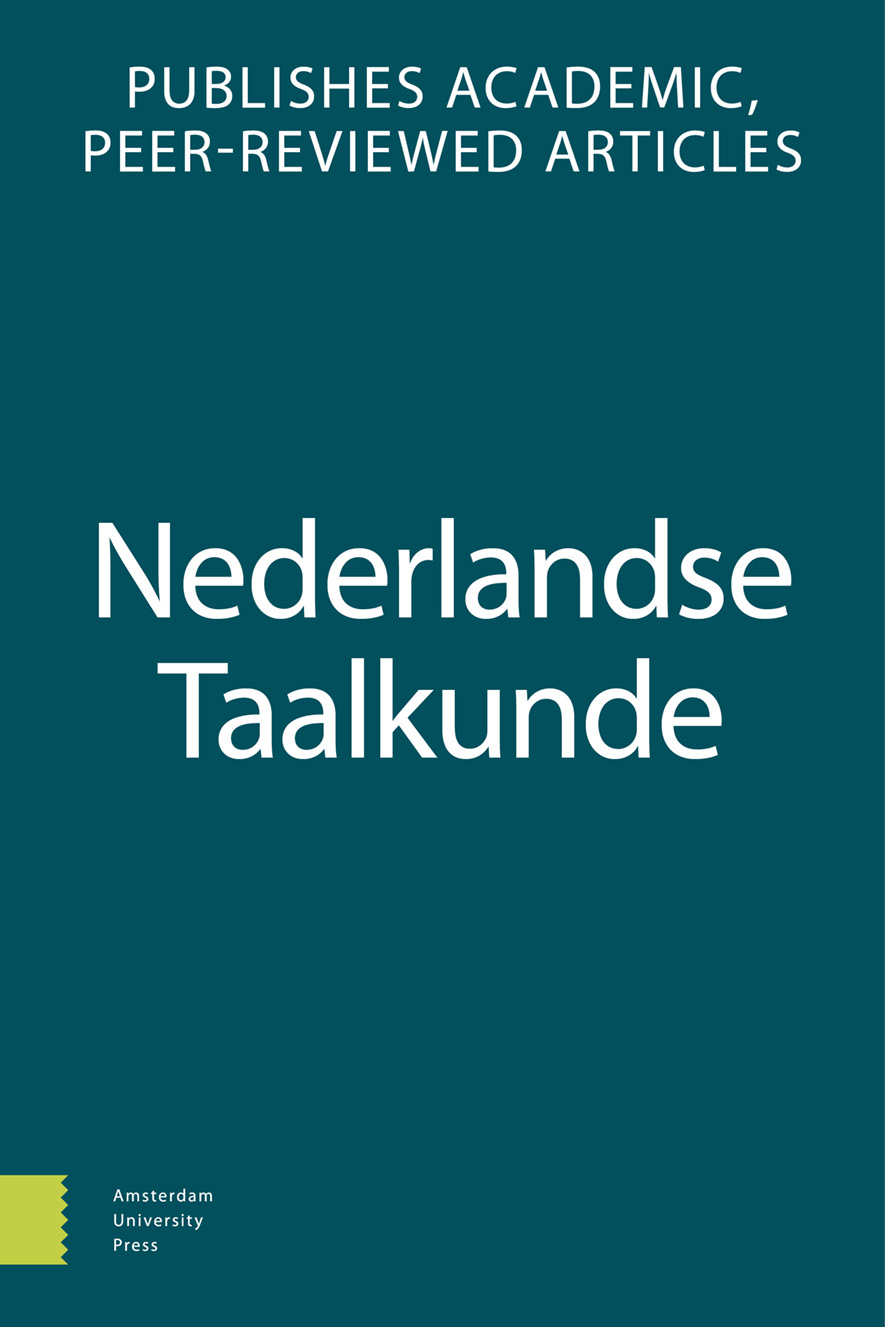
Full text loading...
We use cookies to track usage and preferences.I Understand
This article examines the morphological status and use of the competing suffixes -isatie and -isering in Dutch. Previous hypotheses about possible semantic differences or differences in usage in Belgian and Dutch contexts are reviewed, and the competition between the two suffixes is studied from a comparative linguistic perspective.
Special attention will be paid to the productive use of -isering. A central claim is that to make judgments about productivity and competition we need to look at semantically and/or pragmatically determined niches within a morphological category. Therefore, we will be concerned with the pragmatic function and social meaning of morphological patterns.

Article metrics loading...

Full text loading...
References


Data & Media loading...

